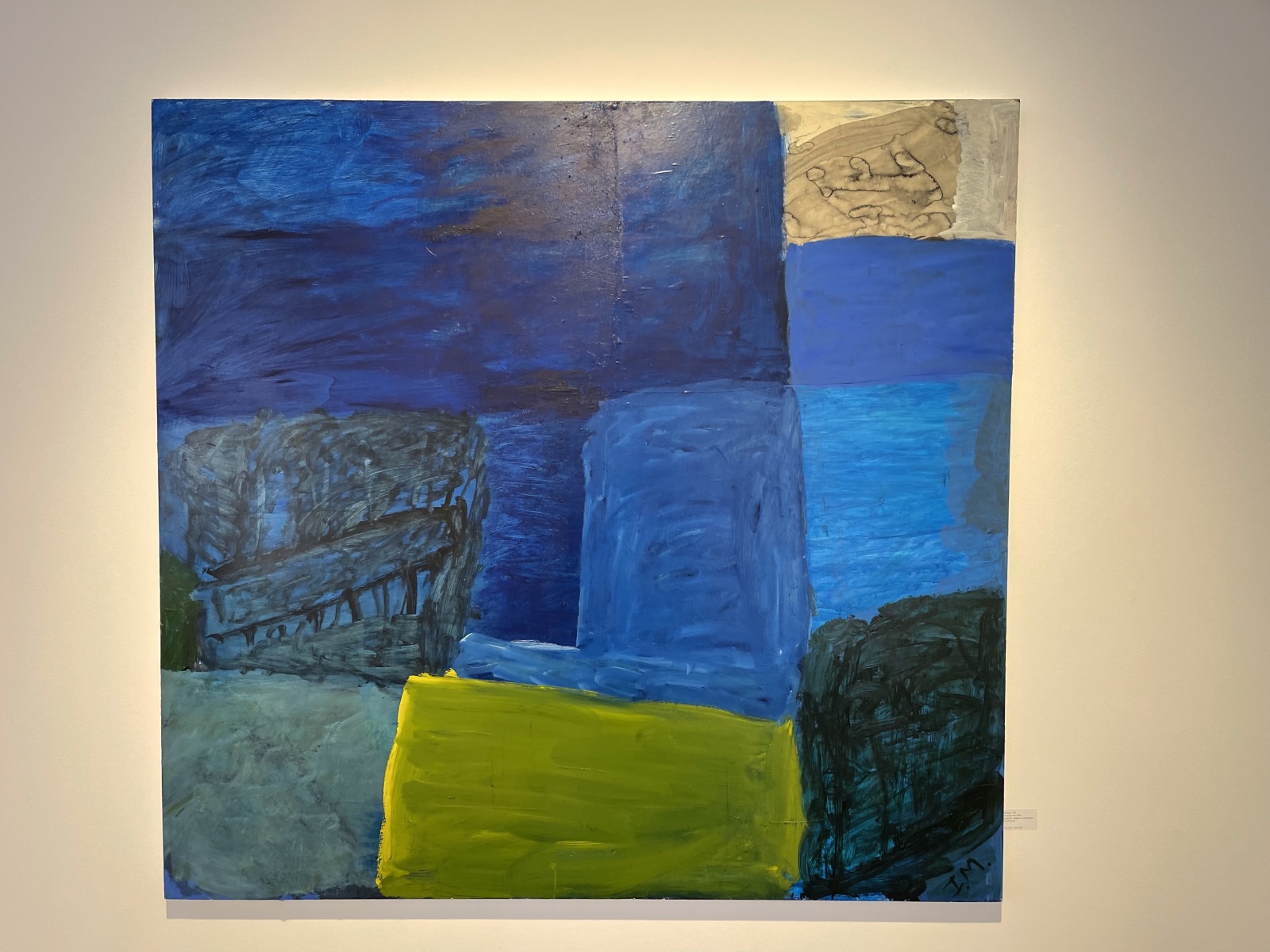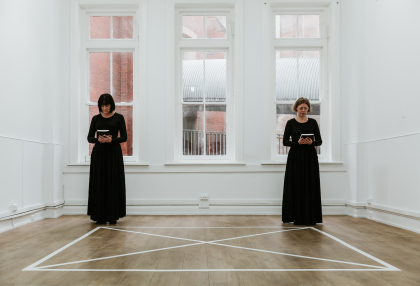Submitted Review
‘We can no more enter the landscape than we could enter a portrait.’
Idris Murphy ‘The Abundance’
In the catalogue essay for Idris Murphy’s new show The Abundance at King Street Gallery on William, arts writer Anna Johnson asks two questions: what is the moment we enter the landscape? And when we arrive, are we truly there? These are not questions that Johnson goes on to explicitly answer, but she raises some important points, not just in relation to Murphy’s work, but to all contemporary landscape painting.
On the one hand we have the genre of landscape painting and its venerable traditions, while on the other there is the notion that, with just the right approach the contemporary painter can escape this dead weight of history, and reconnect the mission of painting with the phenomenal world, reinventing and reinvigorating the old with the new.
I’m not quite sure how Murphy would feel being saddled with these kinds of questions but they are certainly raised by the work. It seems from this show that the artist’s primary mission is not so much an act translation – putting a ‘place’ on canvas – but more of a process of making sense of experience.
For Murphy, the landscape is something that is encountered and considered from a static viewpoint. The paintings in this show attest to long contemplation, a process that continues on to the surface of the pictures. Painting with acrylics on aluminium gives these paintings a deliberate yet tentative quality as you can see Murphy’s painterly gestures as traces across the surface of the works.
Indeed, Murphy’s style is inescapable. It is both the charm and the challenge of the work. These pictures may well have been inspired by real landscapes but for the viewer, whether these are real or imagined places is immaterial. The experience is everything, and in this suite of pictures, much as it has been across Murphy’s career, composition and colour are everything.
Murphy builds his pictures from blocks, rectangles and squares, attenuated by lines that suggest divisions, a fence, or a fissure. The use of colour is intense yet diffuse, with large swathes of complimentary tones suggesting the rolling desert, or the incoming tide, or the endless sky, rendered as washes, or carefully applied strokes. Taken together, the parts make the whole.
It seems to me that we can never really enter the landscape as such, since the landscape is primarily an idea, a tradition, a thing with its own rules and history. We can no more enter the landscape than we could enter a portrait. And since we can’t really arrive we’re never really there either. We put this job in the hands of artists.
Murphy has an interesting approach to signing his pictures. In many paintings the initials I.M. appear where you might expect them to be – lower right corner, lower left corner, and so on. Yet in many pictures the initials float up to the middle, inescapable evidence that these pictures are the product of a specific artist.
But they also seem to be saying I AM. This is Idris Murphy. He created this.










No Comments